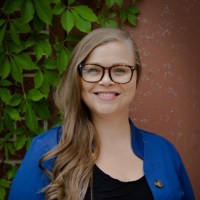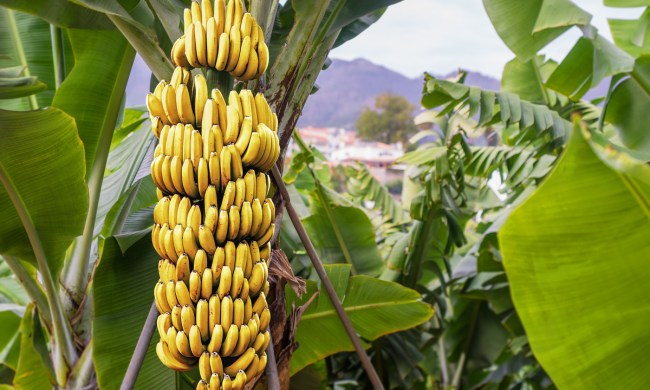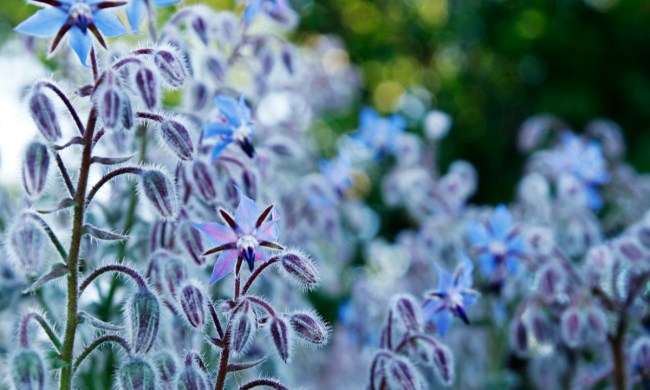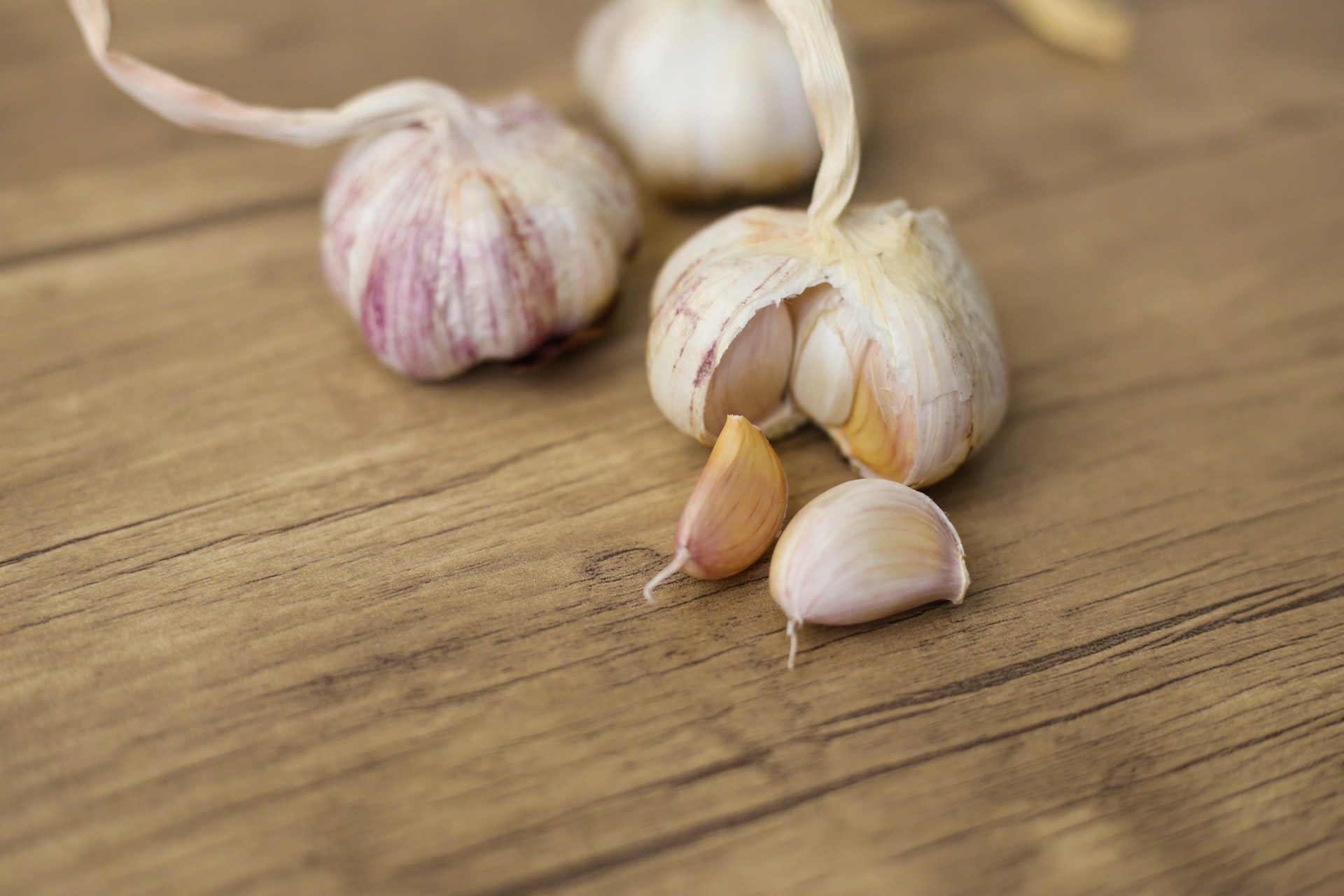
Garlic, with its distinctive flavor and aroma, is a versatile vegetable that adds depth and complexity to a wide range of delicious meals. But did you know that garlic is not only a culinary delight but also offers numerous health benefits and has various household uses? Let’s explore how to plant garlic, the many culinary and health benefits it offers, as well as its household and medicinal uses.
How to plant garlic to ensure a plentiful harvest
Before you can use and enjoy those flavorful bulbs, you need to first understand how to properly plant them. Follow these steps to ensure a successful garlic harvest!
Selecting the right garlic variety
When it comes to choosing the right garlic variety, you have several options to consider:
For example, softneck garlic varieties, such as “Silverskin” and “Artichoke,” are commonly found in grocery stores and have a milder flavor. Hardneck garlic varieties, on the other hand, including “Rocambole” and “Porcelain,” offer a stronger taste and are better suited for colder climates.
Research the different varieties available and select the one that best suits your preferences and growing conditions.
Preparing your garlic planting site
Garlic thrives in well-draining soil with plenty of organic matter. Choose a sunny location in your garden and prepare the soil by removing all the weeds and adding compost or aged manure. Break up clumps of soil and ensure the area is free from rocks or debris that could impede bulb development.
Planting garlic cloves the right way
Garlic is typically grown from individual cloves, which are the small segments that make up the garlic bulb. Separate the cloves from a fresh bulb of garlic, ensuring they remain intact and undamaged. Plant the cloves pointed end up about 2 inches deep and 6 inches apart, in rows spaced approximately 1 foot apart. Cover the cloves with soil and gently firm the soil down.
Mulching and watering garlic for optimum growth
To protect the garlic cloves and help conserve moisture, apply a layer of mulch, such as straw or chopped leaves, around the plants. This will also help suppress weed growth. Water your garlic regularly, keeping the soil consistently moist but not waterlogged. Garlic requires about an inch of water per week, either from rainfall or irrigation.
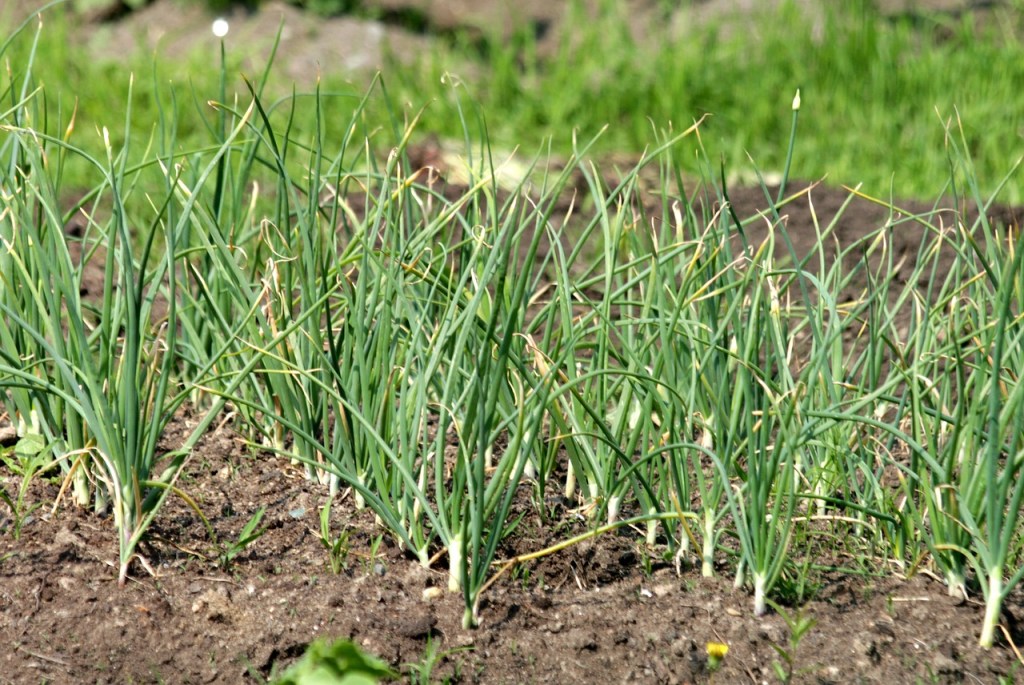
How do you know it’s time to harvest garlic?
Garlic bulbs are typically ready to be harvested when the foliage begins to turn yellow or brown. To harvest these tasty bulbs, use a garden fork or shovel to carefully loosen the soil around them. Then, gently lift the bulbs from the ground, taking care not to damage them. Shake off any excess soil and lay the garlic plants in a dry, well-ventilated area to cure for about two to three weeks. This curing process allows the outer layers of the bulbs to dry and harden, extending their shelf life significantly.
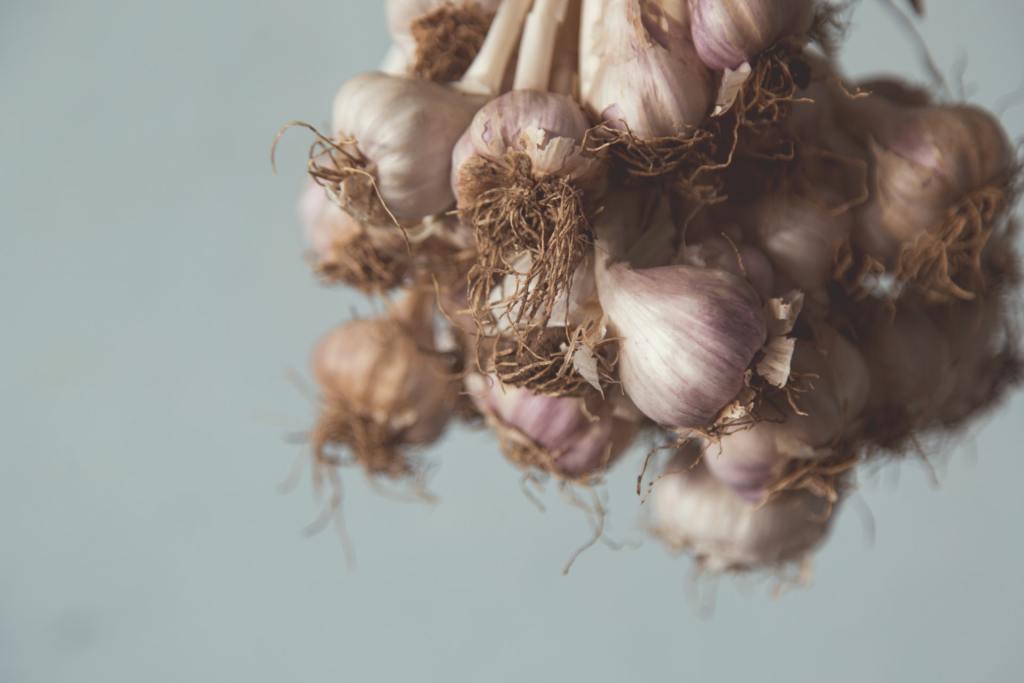
Storing garlic for long-term use
Proper vegetable storage is key when harvesting and using garlic. Here’s how it’s done:
- Remove any remaining dirt or dried foliage from the bulbs, but don’t wash them, as moisture can promote rot.
- Trim the roots and cut off the dried stems, leaving about an inch above the bulb.
- Store the garlic in a cool, dark, and well-ventilated area, such as a pantry or cellar.
- Avoid storing garlic in the refrigerator, as it can cause the cloves to sprout or become rubbery.
When stored properly, garlic can last several months, allowing you to enjoy its flavor and benefits throughout the year.
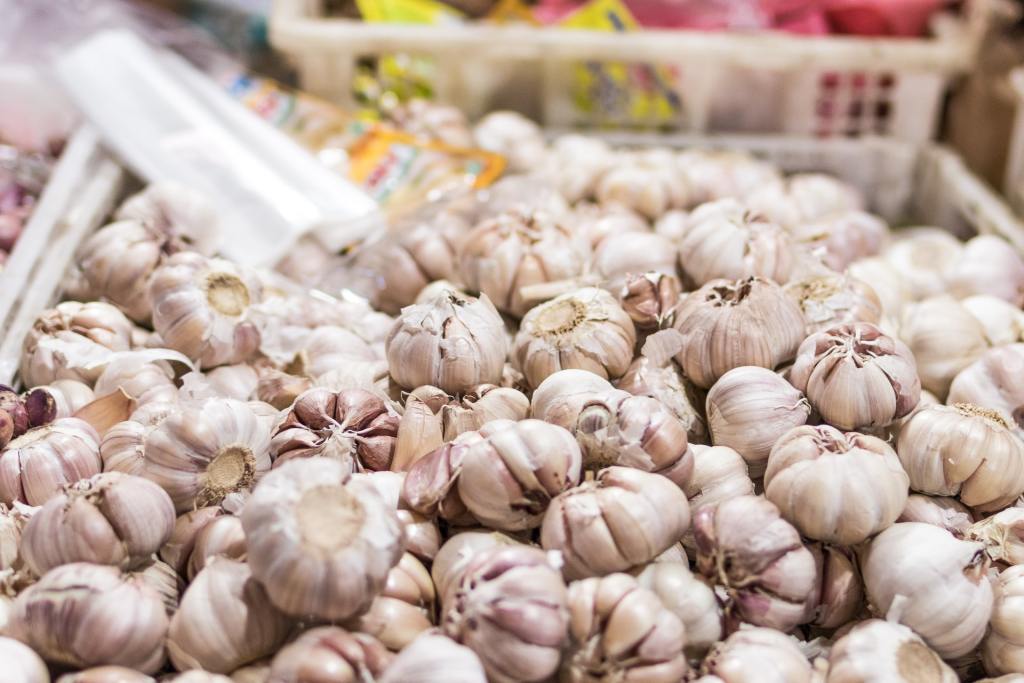
The many uses for garlic, the versatile vegetable
Garlic is not only a kitchen staple but also a versatile ingredient with a wide range of uses beyond the culinary realm. Let’s explore some of the different ways you can incorporate garlic into your daily life.
Culinary and dietary benefits of garlic
Garlic adds depth and flavor to a variety of dishes, from soups and stews to stir-fries and marinades. Its unique taste enhances the overall flavor profile of a meal. But that’s not all of this tasty ingredient’s culinary benefits. Garlic is packed with essential nutrients and compounds that offer a mountain of health benefits. It contains vitamins C and B6, manganese, selenium, and fiber. Garlic also contains sulfur compounds, such as allicin, which have been shown to have antioxidant and anti-inflammatory properties.
Household uses of garlic
That’s right. Garlic’s powerful aroma and natural properties make it a valuable tool in household tasks. You can use it as a natural pesticide by creating a garlic spray that repels pests in your garden. Simply blend garlic cloves with water and strain the mixture into a spray bottle. You can also use garlic to remove stubborn stains, polish metal, or even repel mosquitoes. Its versatile nature makes it a useful ingredient for various household applications.
Medicinal uses: What can garlic be used to treat?
Did you know that garlic has a long history of medicinal use and is believed to have various health benefits? It has been known to support cardiovascular health by reducing cholesterol levels and blood pressure. Garlic may also have antimicrobial and antifungal properties, making it effective against certain infections. Some studies suggest that this potent ingredient may help boost the immune system, and it may even have anti-cancer properties.
Garlic is certainly a vegetable with many uses, and it offers not only culinary delight but also numerous health benefits. By following the steps we outlined here, you can successfully plant and harvest your own garlic, ensuring a fresh, flavorful, and useful supply throughout the year. From adding flavor to your favorite dishes to exploring its household and medicinal uses, garlic truly deserves its place in every kitchen and garden.
